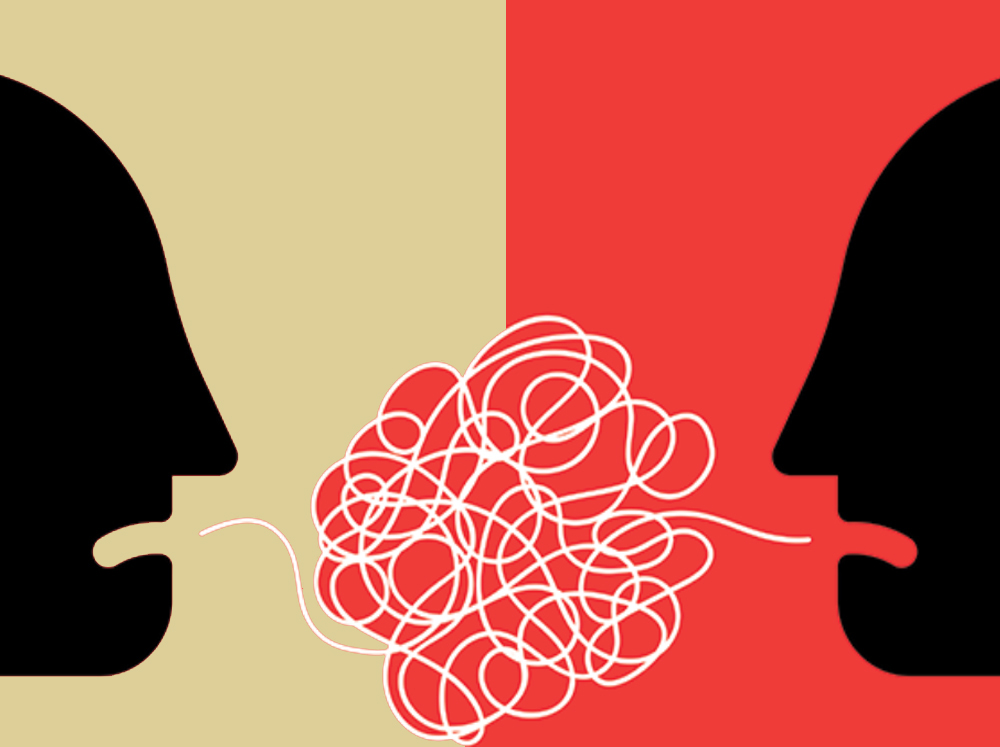
Hate Speech in Sudan: Fuel for Divisions and a Threat to National Unity
Mohamed Gulamabi
There is no precise definition of hate speech under international human rights law, as the concept remains widely contested, especially regarding freedom of expression, non-discrimination, and equality. However, the United Nations has defined hate speech as “offensive discourse targeting a group or an individual based on inherent characteristics such as race, religion, or gender, which may threaten social peace.” The UN also outlined three specific characteristics of hate speech:
Targeting Identity Factors: Whether real or perceived, this includes religion, ethnic affiliation, nationality, race, color, descent, or gender identity.
Discriminatory or Derogatory Nature: It may exhibit bias, bigotry, intolerance, or content that is contemptuous, humiliating, or demeaning to an individual or group.
Transmissibility of Hate Speech: It can take any form of expression, including images, cartoons, gestures, or symbols, which may be disseminated online or offline.
This introduction is crucial to understanding hate speech and its catastrophic effects, particularly in the context of Sudan, starting with the “Bashir-Turabi” coup in June 1989, up to the war that erupted on April 15, 2023, and its aftermath.
The Bashir-Turabi coup represented one of the gravest threats to Sudanese unity and social peace. It adopted a religious and linguistic discourse that favored specific social groups while marginalizing others. With the regimes control over many media outlets, these platforms deepened divisions among Sudan’s social components. One significant consequence of this catastrophic discourse was the secession of South Sudan in 2011, forming an independent state.
Although the Sudanese revolution of December 2018 sought to combat hate speech by rallying behind the slogan, “You racist, arrogant, the whole country is Darfur”—a smart, realistic, and constructive slogan born from the awareness of the revolutionary masses—media outlets failed to adopt a balanced discourse to counter hate speech. During the pre-coup period of October 25, 2021, they did not collaborate with government agencies or civil society organizations such as political parties, unions, or advocacy groups. This failure allowed hate speech to escalate from demands-based rhetoric to regional grievances, as seen in the “closure” of eastern Sudan by tribal leader Tirik in May 2019, the Blue Nile clashes in 2022, and the ongoing conflict in Darfur since 2003.
Following the coup, around 30 newspapers, radio stations, and television channels ceased operations, leaving social media to shape public opinion. These platforms often exploit anonymity or promote division by spreading widespread hate speech. This phenomenon expanded significantly during the war that began on April 15, 2023. Social media became a new battleground between the Sudanese Armed Forces and the Rapid Support Forces (RSF). The army utilized ethnic threats to mobilize against the RSF, while the RSF leveraged tribal affiliations to garner support. Hate speech now dominates Sudan’s social media platforms, threatening to plunge the country into a full-blown civil war.
To combat hate speech in the media, concerted efforts must be made by all journalistic and media institutions to adopt a unified strategy against hate speech across all platforms. This includes enacting laws and regulations that criminalize and penalize hate speech. However, legal measures alone are insufficient. Journalists and media outlets must commit to responsible and ethical reporting that respects the sensitivities of a diverse and multi-ethnic society like Sudan.

